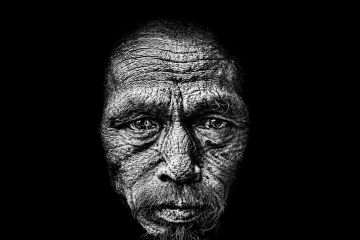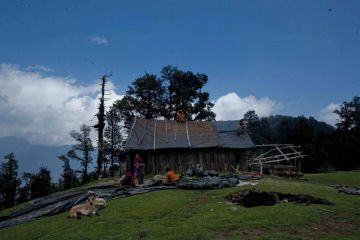“Cholo, cholo, Asom
jaiEmonmathikothaonapai.”
“Come, come, to
Assam we goSoil such as this
nowhere will we know.”
In Dhubri, elders still recall the echo of
Maulana Bhashani’s slogan. A political mobiliser of great standing among the
downtrodden Muslim peasantry of pre-Independence Bengal, he coined the slogan
in the 1930s to call forth his followers to populate the sandbank islands of
the lower Brahmaputra valley.
His unique blend of Islam and socialism inspired his po





